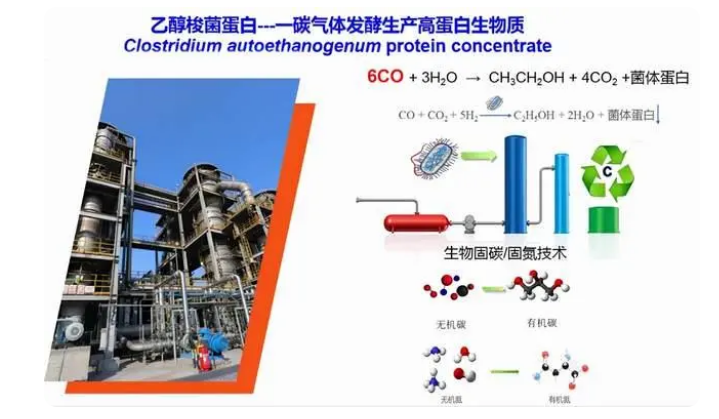Real time process monitoring with Raman online analyzer to improve the quality, efficiency, and profitability of industrial fermentation
Biological fermentation engineering is an important component of bioengineering. During the fermentation process, microorganisms use carbohydrates to ferment and produce various industrial solvents and chemical raw materials. Ethanol, acetone butanol, butanol isopropanol, acetone ethanol, 2,3-butanediol, and glycerol fermentation are several forms of microbial solvent fermentation.
Traditional ethanol fermentation (alcohol fermentation) is a fermentation method that uses starch and molasses as raw materials, with brewing yeast as the fermentation strain. The fermentation strain is used to ferment glucose, maltose, and sucrose to produce ethanol. The ethanol fermentation industry in China mainly uses sweet potatoes as raw materials, using solid or liquid koji made from Aspergillus with high amylase activity for saccharification, and fermenting with excellent brewing yeast. The ethanol yield is over 92% of starch.
Ethanol fermentation using Actinomycetes is superior to yeast, characterized by high sugar utilization, high ethanol productivity, tolerance to high concentrations of sugar and ethanol, low energy consumption, and ethanol yield approaching theoretical figures. Yeasts and yeast can also ferment fructose to produce ethanol. The byproduct of the dairy industry, whey, contains 5% lactose. In industry, lactose has been fermented by Klebsiella lactis or Candida tropicalis to produce ethanol. Cellulose is a cheap carbohydrate. Some wood rich countries have already adopted the method of hydrolyzing cellulose into monosaccharides through acid hydrolysis and fermenting to produce ethanol in industry. One type of fermentation involves mixing cellulase with yeast or Clostridium thermophilum to ferment cellulose treated with alkali, causing the sugar produced by enzymatic hydrolysis to be immediately fermented into ethanol; Another type of fermentation is non enzymatic hydrolysis and saccharification, where Clostridium thermophilum and Clostridium glycolyticus are mixed at 55 ℃ to ferment cellulose without alkali treatment. Clostridium thermophilum produces ethanol, acetic acid, and xylose, which is then fermented into ethanol by Clostridium glycolyticus. Rumen white cocci have also been used for direct fermentation of cellulose.
In recent years, the development of biosynthesis technology has enabled the fermentation and synthesis of CO in industrial waste gas using Clostridium ethanolum to convert it into industrial ethanol and protein. According to calculations, China can generate at least 1.2 trillion cubic meters of industrial exhaust gas rich in CO every year. If 20% of industrial exhaust gas is efficiently and cleanly utilized using biological fermentation technology, it can produce 20 million tons of ethanol and 2 million tons of ethanol clostridium protein annually. This technology has opened up a new way for non-traditional animal and plant resources to produce protein, providing new assistance for reducing carbon monoxide, protecting the environment, and saving farmland.
Raman technology, with its superior molecular structure fingerprint analysis performance, is a highly functional real-time online process analysis technology that can be used for monitoring and controlling the entire process of producing ethanol through biological fermentation. It can also monitor changes in the composition of materials during the fermentation process, including changes in content such as glucose, fructose, lipids, amino acids, ethanol, etc, Based on online testing data and replenishment strategies, fully automatic replenishment feedback control can be provided to adjust production conditions, thereby increasing the production of main products of concern such as ethanol, saving labor, reducing costs, and helping to achieve efficient and economical fully automated production.
